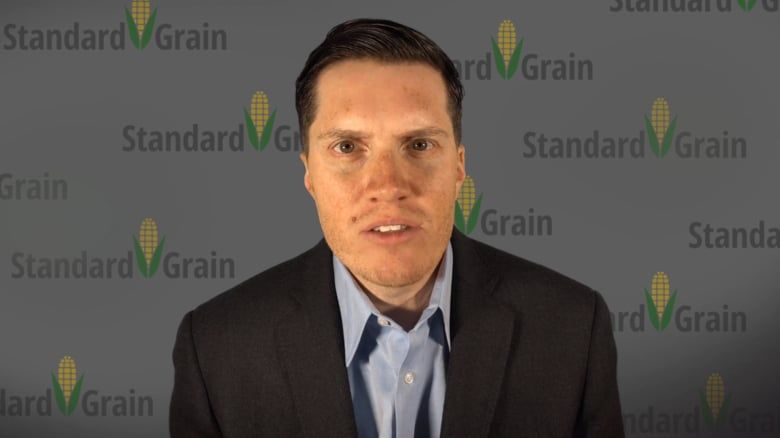
Grain Markets officially bid 2019 a not-so-fond adieu. Like most other segments of American agriculture, grain farmers are more than happy to put 2019 in the past. Joe Vaclavik, founder and president of Standard Grains in Chicago, says last year didn’t start off well in the grain markets and it just kept going for the next 12 months.
“We had a pretty comfortable, if not burdensome supply situation entering the calendar year, so, the calendar year kind of began similar to what we’ve seen the last two, three, four years, a comfortable supply-demand situation, not anything terribly tight. Low prices, farmers not making a ton of money, you got the trade war going on, a lot of overall negative factors I would say to start the year.”
He says the spring is when things began to get “interesting.”
“Both in the markets and the weather. We basically sold the markets off until about that May time frame, that I think traders started to realize that we had some serious weather problems. Wet weather, cold weather, planting delays continued, and typically we are always told the crop’s always going to be planted, and planting delays are not a cause for concern.”
However, as the spring continued, things turned more serious in the markets.
“Planting delays turned into a major concern. There was a point in time in late May into maybe the mid part of June where we just had no clue what type of production was possible, and out of that, we had a very significant crop scare rally in the corn market and in the soybean market, to a lesser extent.”
Farmers continued to plant corn long past what would be a normal planting date. Vaclavik says the market was rallying as farmers continued to plant, even into early July in a few locations. He says the market peaked in June because it bought a “whole bunch of corn acres” that wouldn’t have been there otherwise.
Vaclavik says farmers faced challenges from a weather standpoint, logistics, and from a demand standpoint with trade challenges in 2019. With all that stacked against them, the question is how much grain U.S. farmers produced last year. Vaclavik says the answer depends on who you ask.
“A lot of people think that the numbers USDA has put out are just not achievable given the late planting, the wet spring, the late harvest, so there’s still some debate out there. I’m not one to tell you with any degree of certainty that we know for sure what the crop is, and we’ve got this big report on January 10, which is the final crop production report, and I suppose if USDA is going to make any sort of sweeping adjustment, it probably comes on that date.”
Again, Joe Vaclavik is the president of Standard Grains in Chicago.


